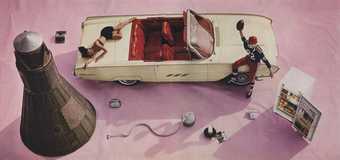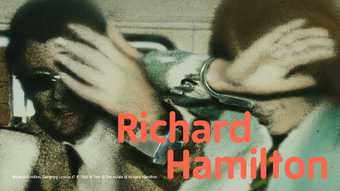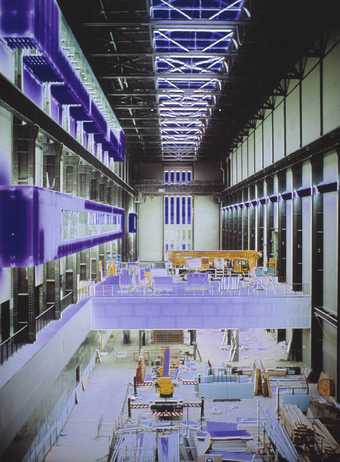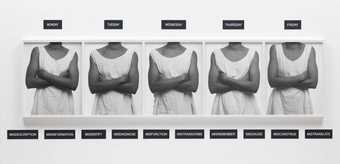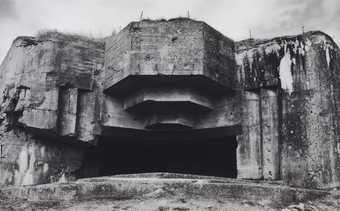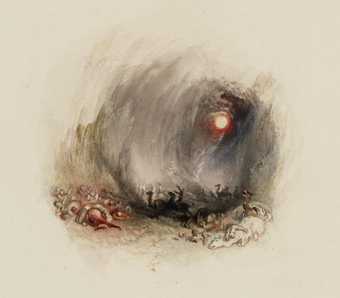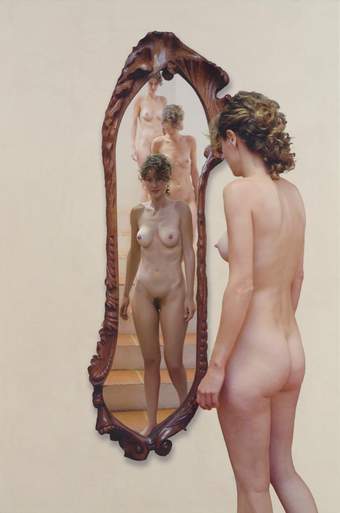Examine the unusual, innovative and challenging works of Richard Hamilton, pioneer of Pop Art and influential British artist. Over the course of six weeks engage in a hands-on exploration of Hamilton's studio practice as a springboard for creative processes using printmaking, collage, assembly and 3-D installation. Combining artist-led practical workshops, group feedback, exclusive exhibition visits to the Hamilton exhibition and the permanent collection. Create a work responding to one of the themes highlighted in this major retrospective including glamour, consumption, commodity and popular culture. The course investigates traditional conventions in collage to digital collage, considering the body and the viewer, virtual layering and projection. All basic materials provided, no experience necessary.
Week 1
It is often the case that the value of an education is derived from other students. I certainly learned less from 'teachers' than from my fellows.
Slade Prints of the 1950s
The focus of the first session is Hamilton’s early career and education at Slade School of Fine Art and the ICA exhibition from 4 July – 31 August 1951. We visit the Hamilton exhibition, in particular the Growth and Form room. Participants return to the Clore Studio and are introduced to Hamilton’s relationship to printmaking, discussing how it informed his installation work. Drypoint plates are given to take away for the week to experiment with linear representation of a room or machine.
Week 2
The second session will start with participants printing their drypoint plates from the previous week, leading to group display and discussion around space, perspective and use of line. We experiment with the addition of colour and found materials as an introduction to collage. Participants then reinterpret their drypoint plates as block colour collage.
Week 3
Focusing on collage we look at traditional conventions in collage to digital collage. Participants create a collage based on a perspective of the Clore studio space, but also referencing the body or politics. Three-dimensionality is explored as well as use of found objects and questions around 'Pop Art' politics.
Week 4
Working in small groups, participants 'occupy' a space within the Clore Studio. Each group creates a temporary installation experimenting with virtual layering and projection using coloured cellophane and plastic.
Weeks 5 and 6
Since he customarily works for relatively long periods on individual pictures or groups of works, which means that his total output is by definition limited, he prefers to see his works concentrated in just a few places, so that viewers can see any one composition in the context of others, and can hence discover the many obvious and less obvious connections.
Richard Hamilton Prints and Multiples 1939–2002 Yale Center for British Art
In these sessions participants develop their own work using any of the techniques and processes explored in the previous sessions. During this final session you will display the works you have produced during the course in a mini exhibition and have the opportunity to invite your friends and family.

